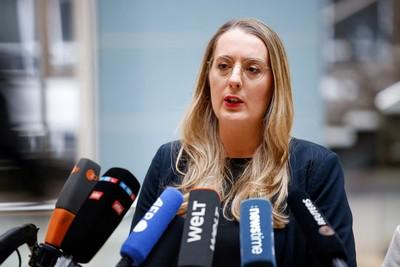
What is in the huge German spending plan agreed by parties?
Berlin: German Chancellor-in-waiting Friedrich Merz reached an agreement with the Greens this week on a massive increase in state borrowing just days ahead of a parliamentary vote next week.
This should ensure the package’s approval in the lower house of Germany’s parliament on Tuesday and by the upper house on Friday.
Of the promised infrastructure fund of 500 billion euros ($543 billion) over 12 years, 100 billion euros will be channelled into the climate and economic transformation fund, as requested by the Greens.

The remainder of the fund are dedicated to additional infrastructure investments, with 300 billion euros designated for the federal government and 100 billion euros for the state governments.
Apart from the 100 billion euros from the infrastructure fund, Germany’s states will be allowed to run a small structural deficit of 0.35% of GDP, as the federal government can, giving them an extra 16 billion euros to spend. Until now, states were not allowed to incur any debt.
A reform of the nation’s constitutionally enshrined ‘debt brake’ – which limits public borrowing to 0.35% of GDP – will exempt defence spending above 1% of gross domestic product from the debt rule. The definition of such spending is broad, including civil protection, intelligence and “aid to countries under illegal attack”.
Germany will support Ukraine in its defence against Russia’s invasion with 3 billion euros in military aid, upon its approval in the upper house of parliament. The vote is expected to take place next week.
